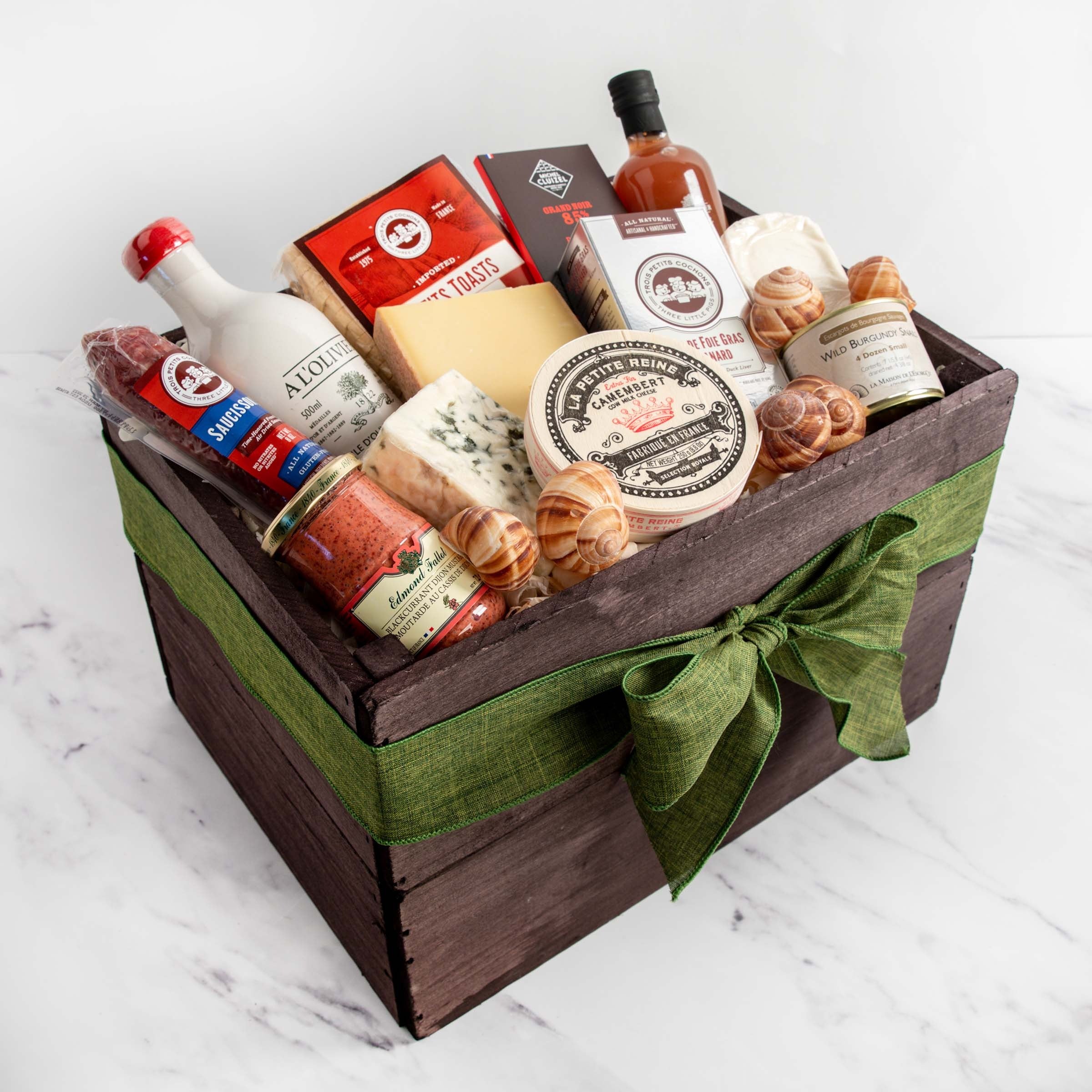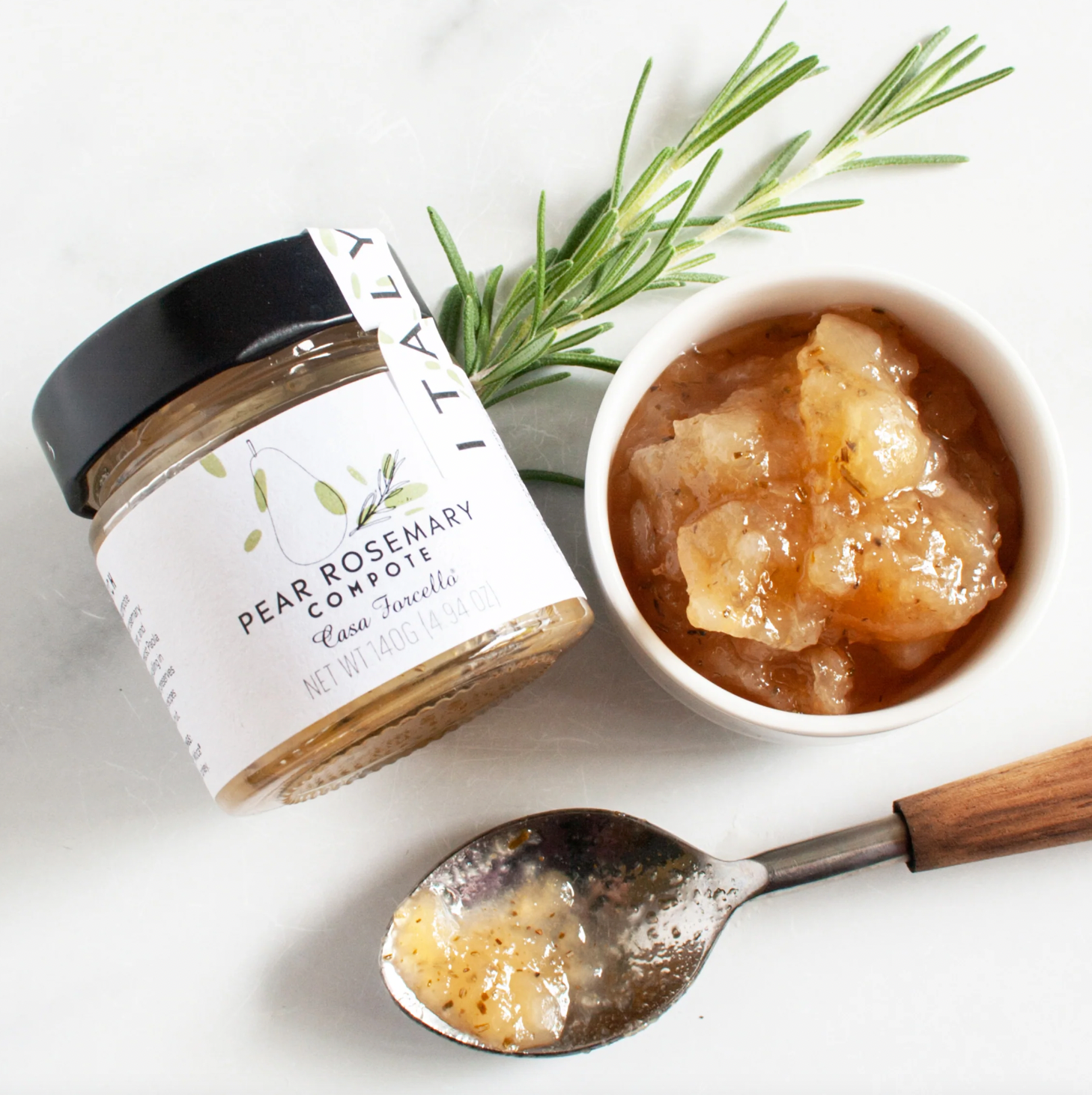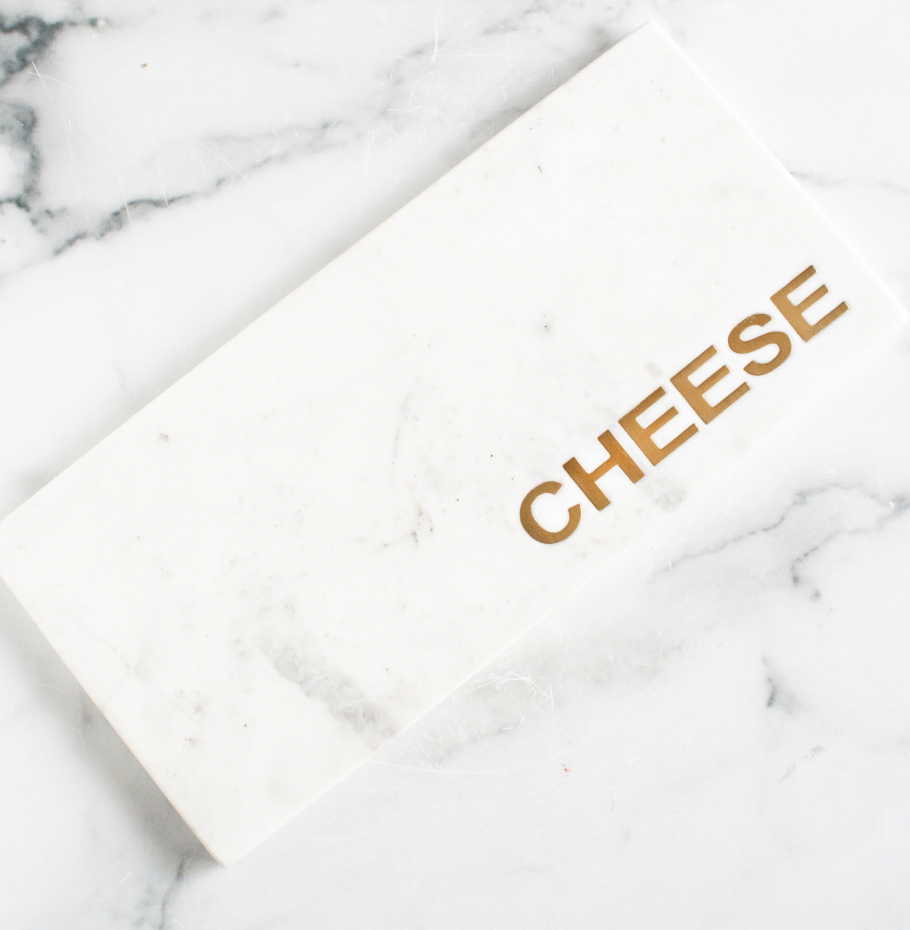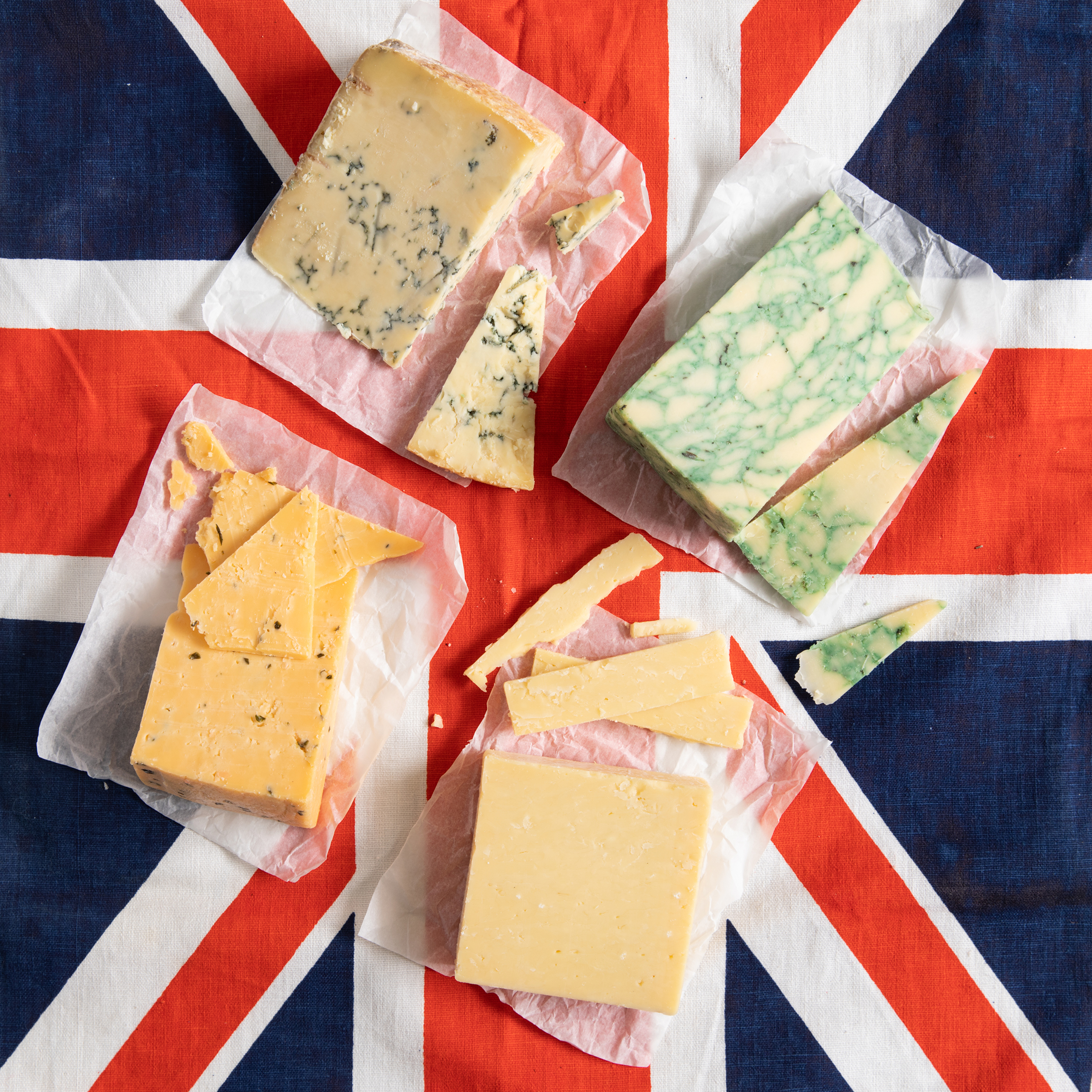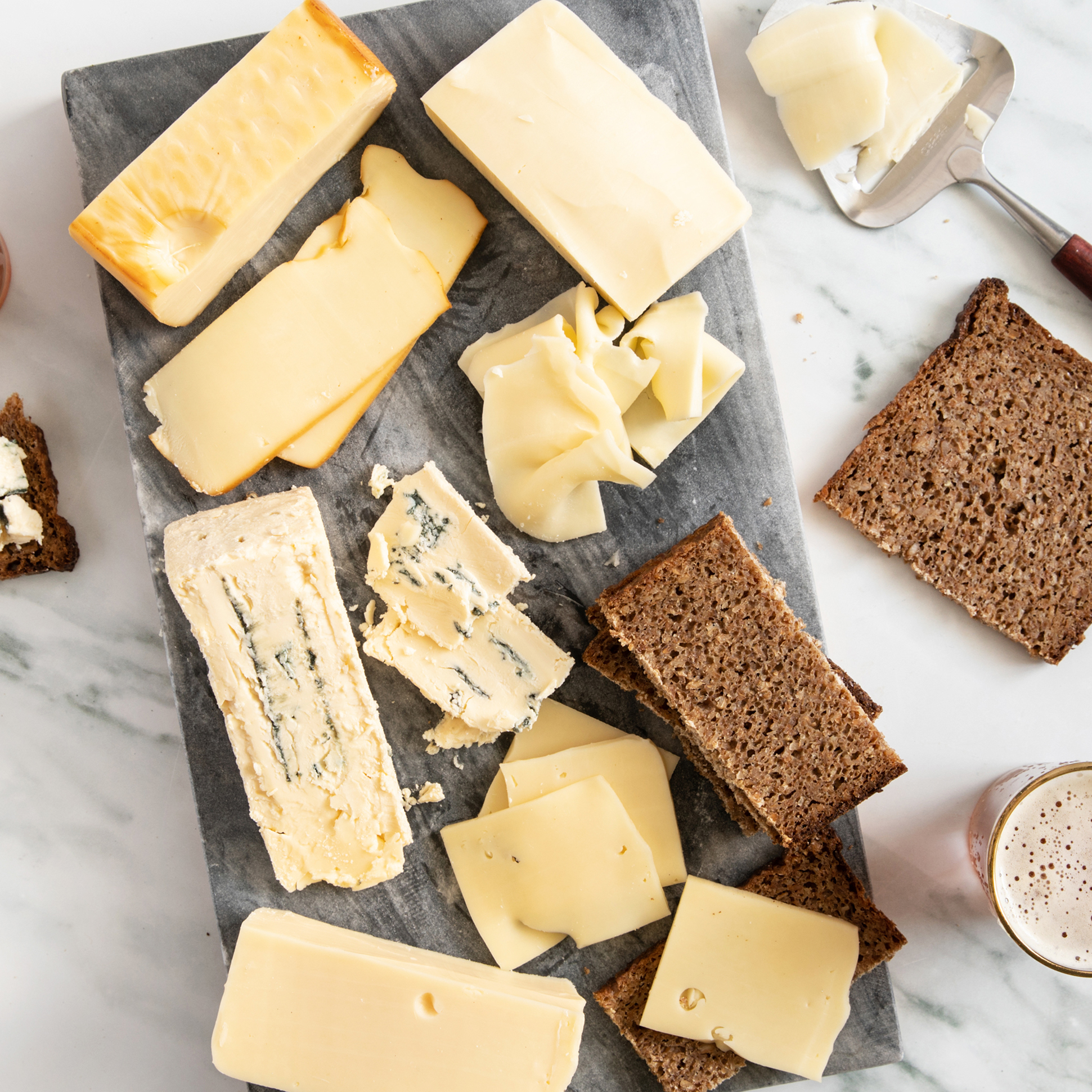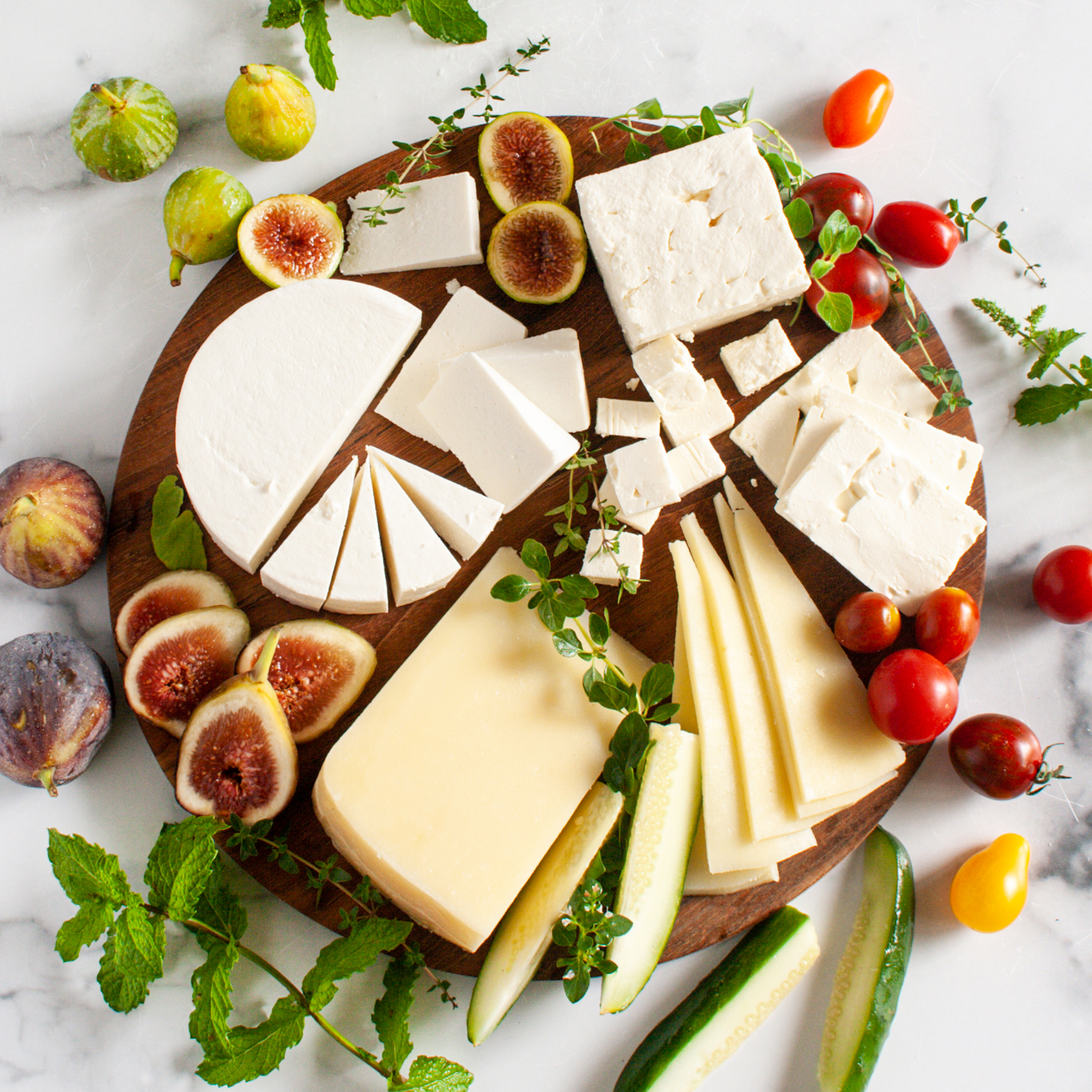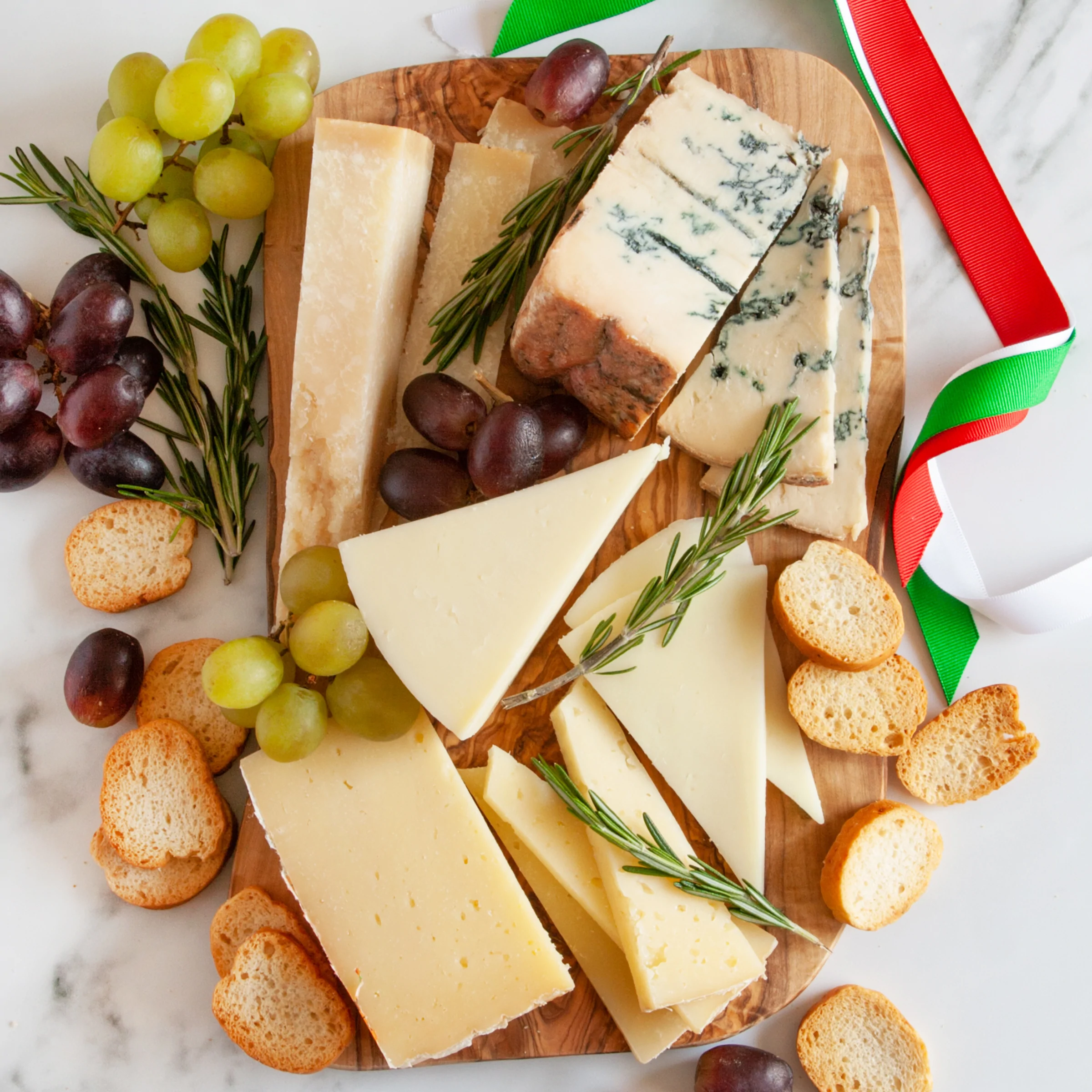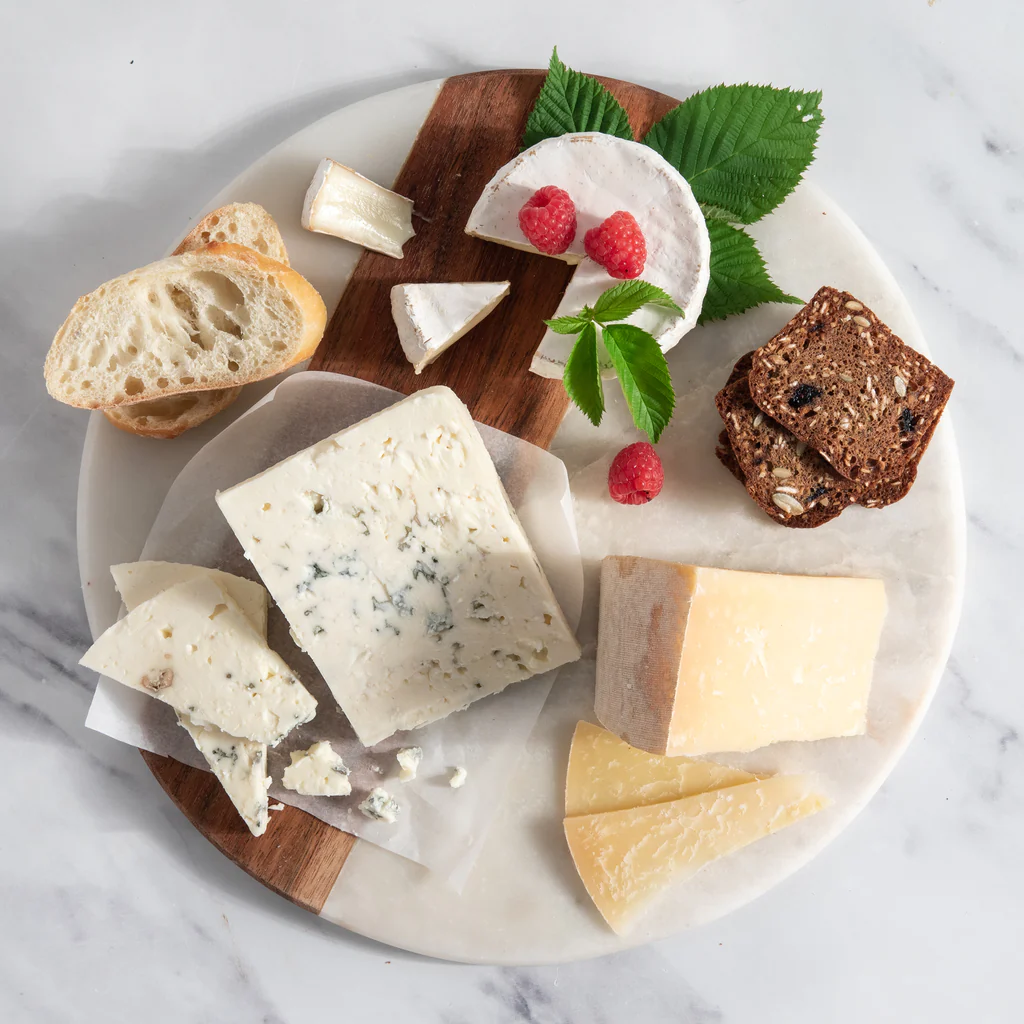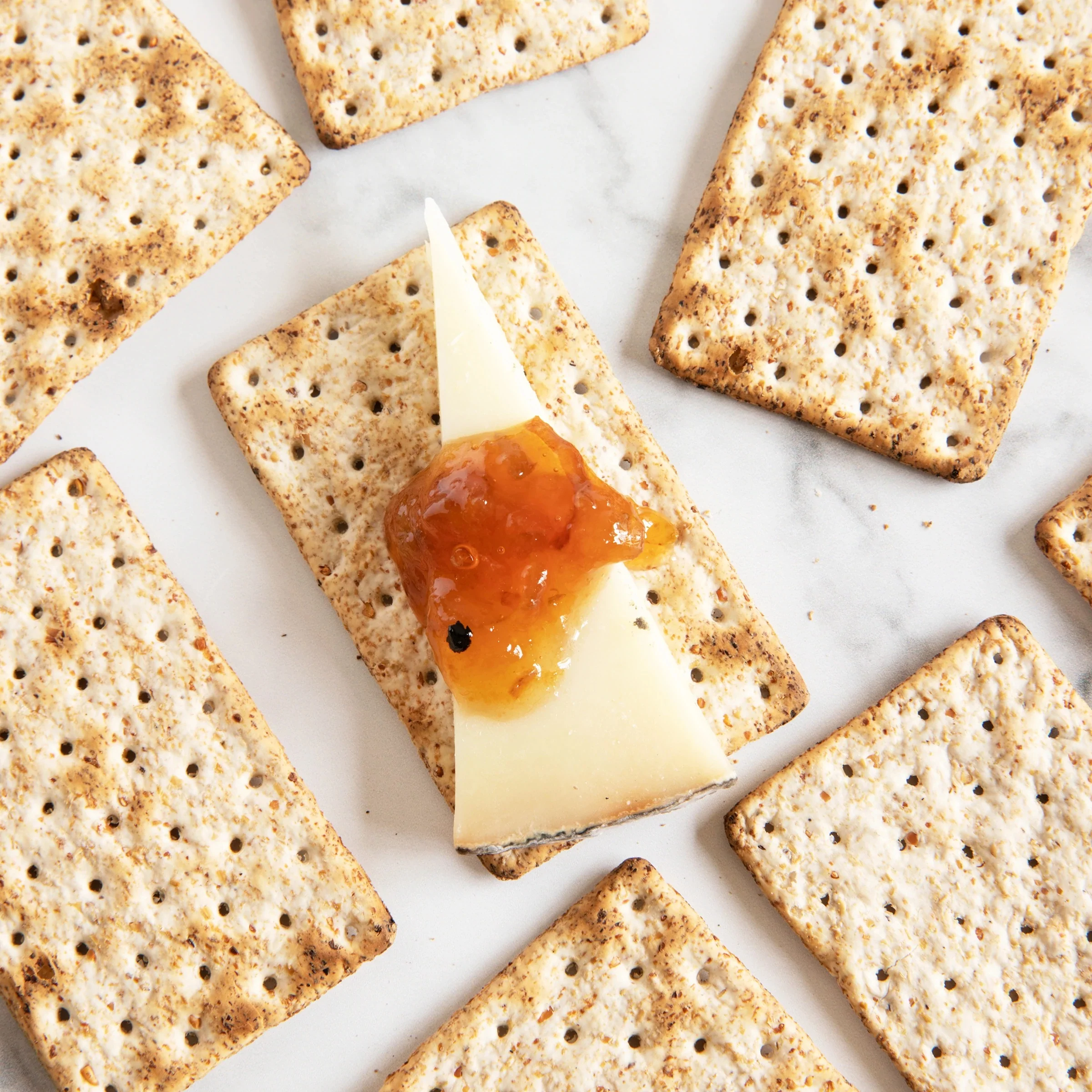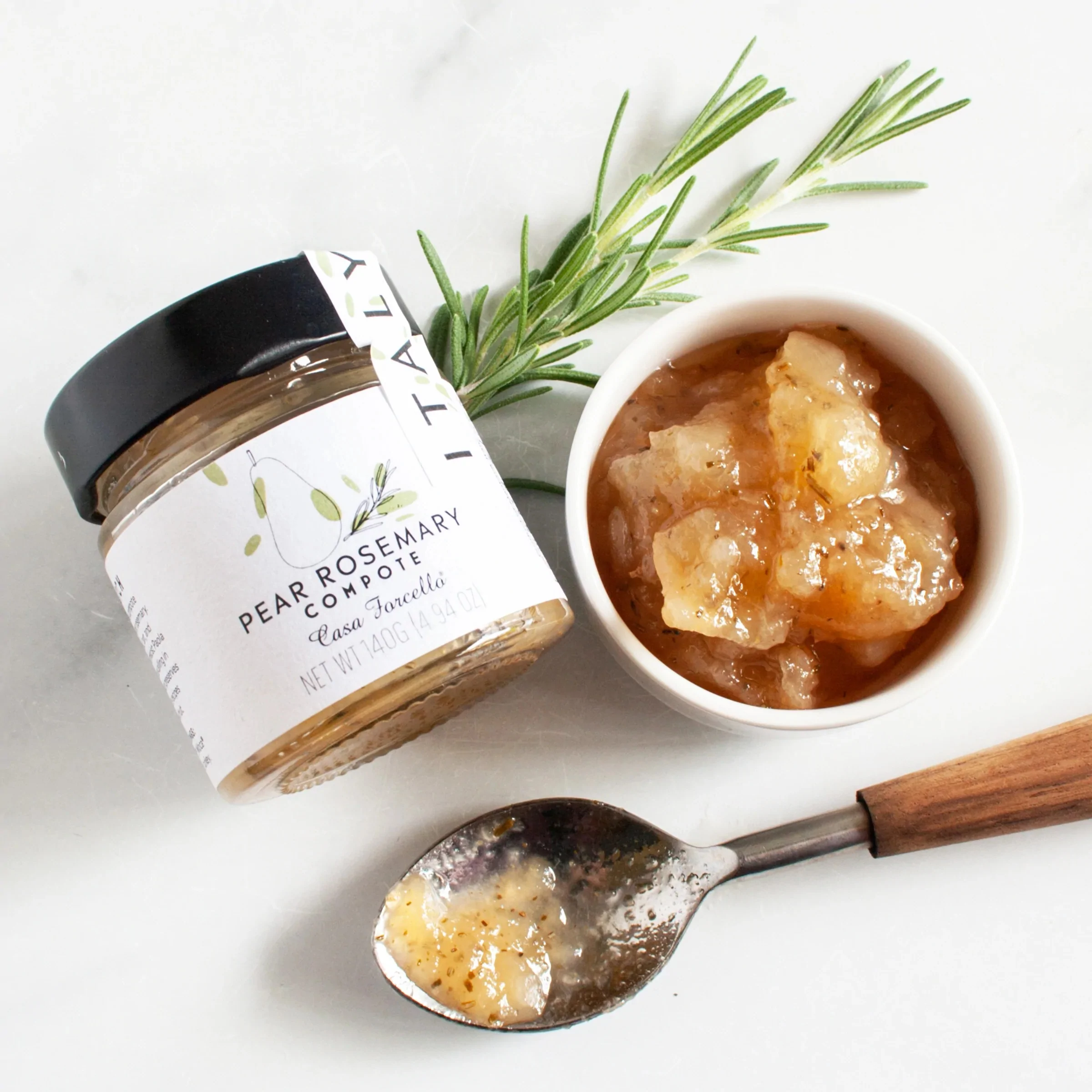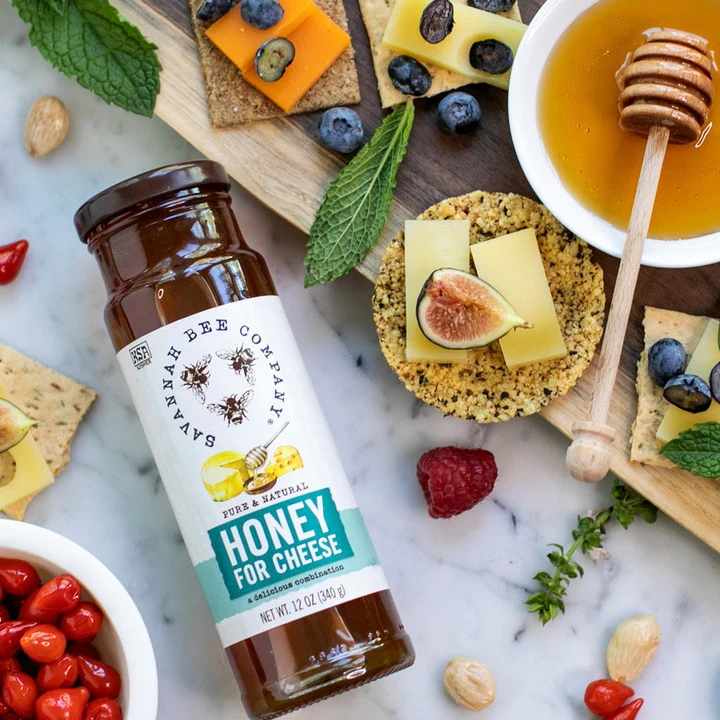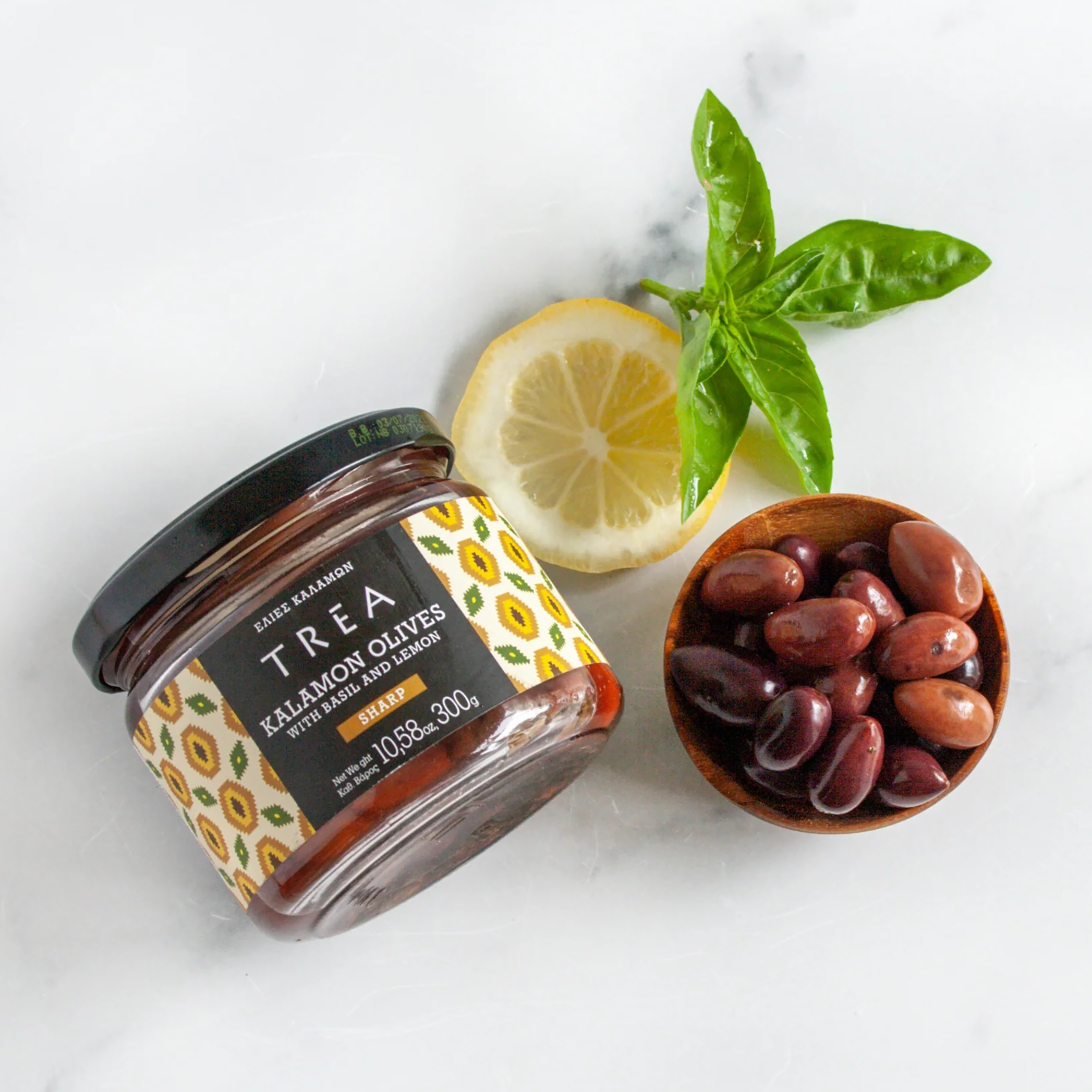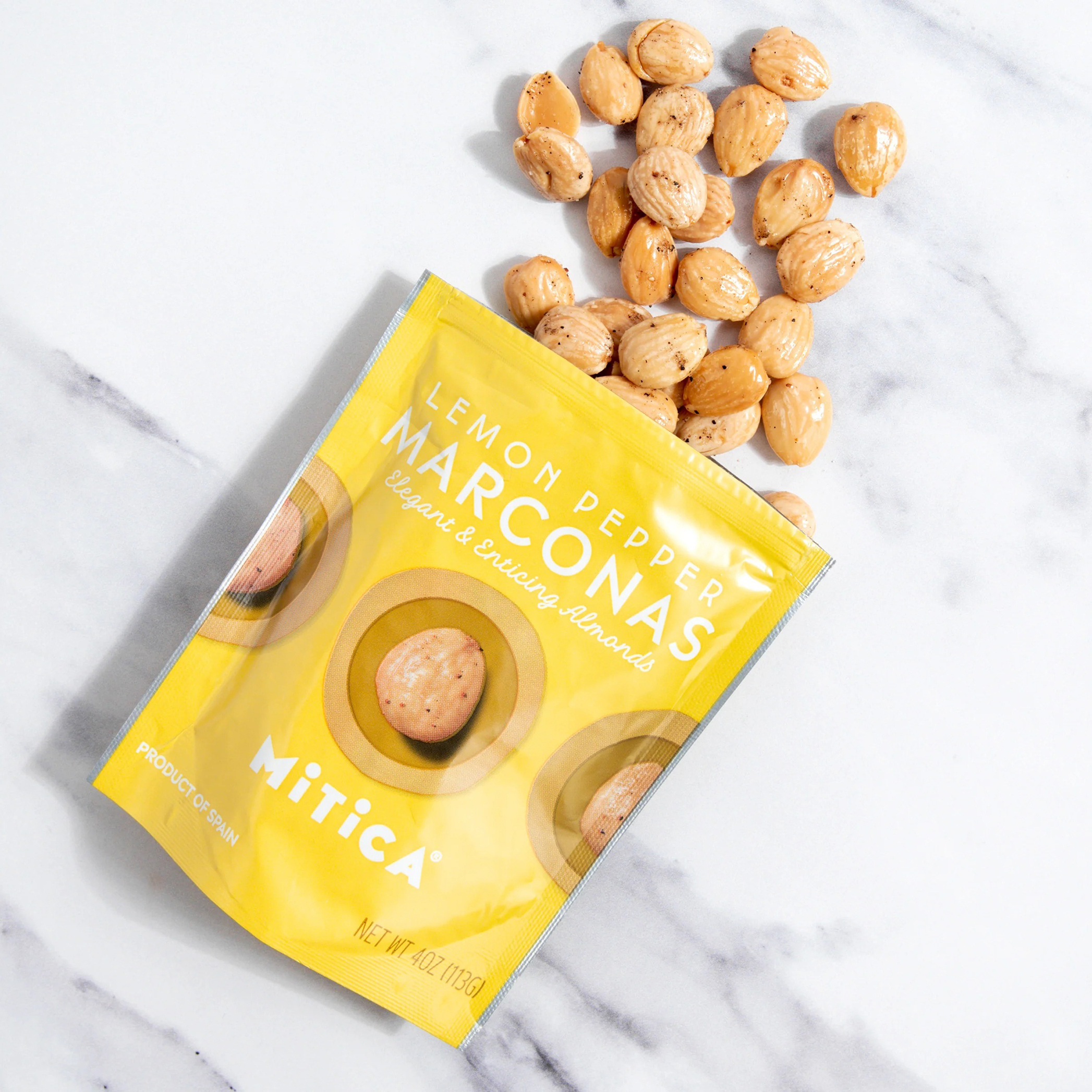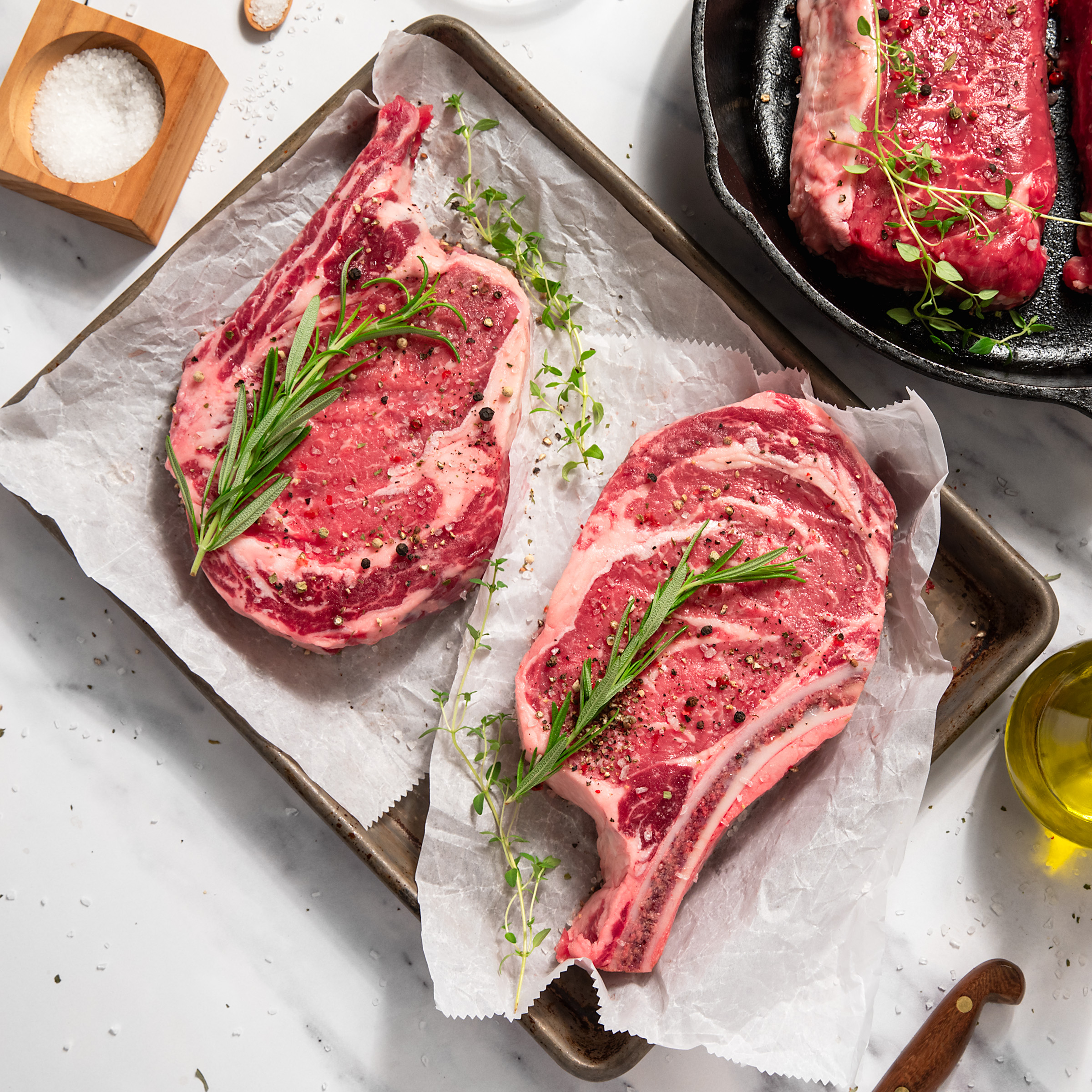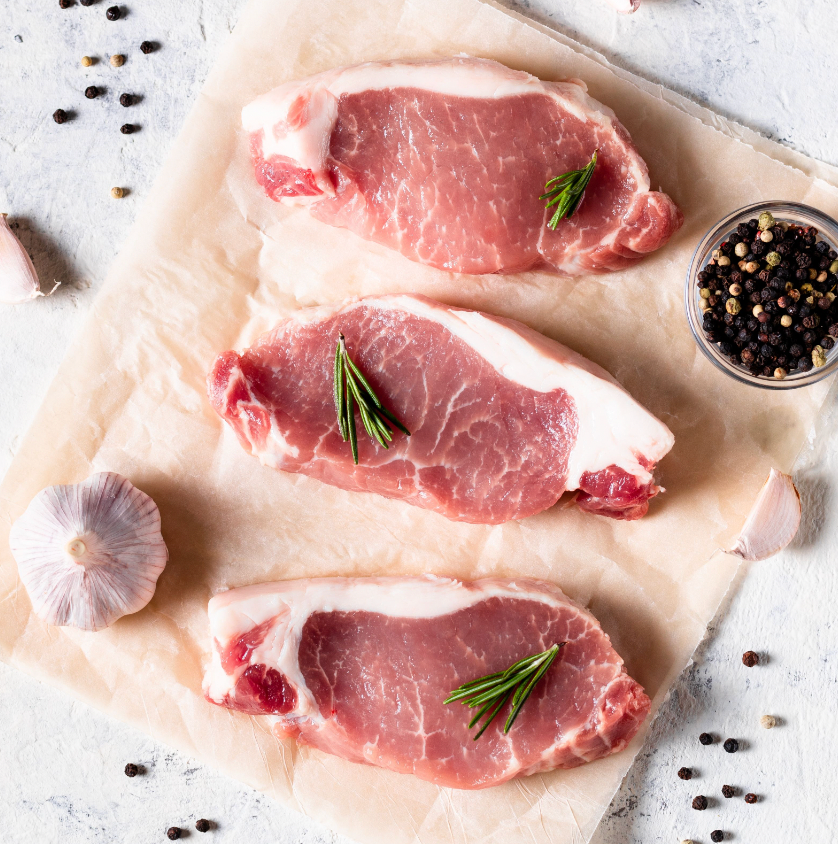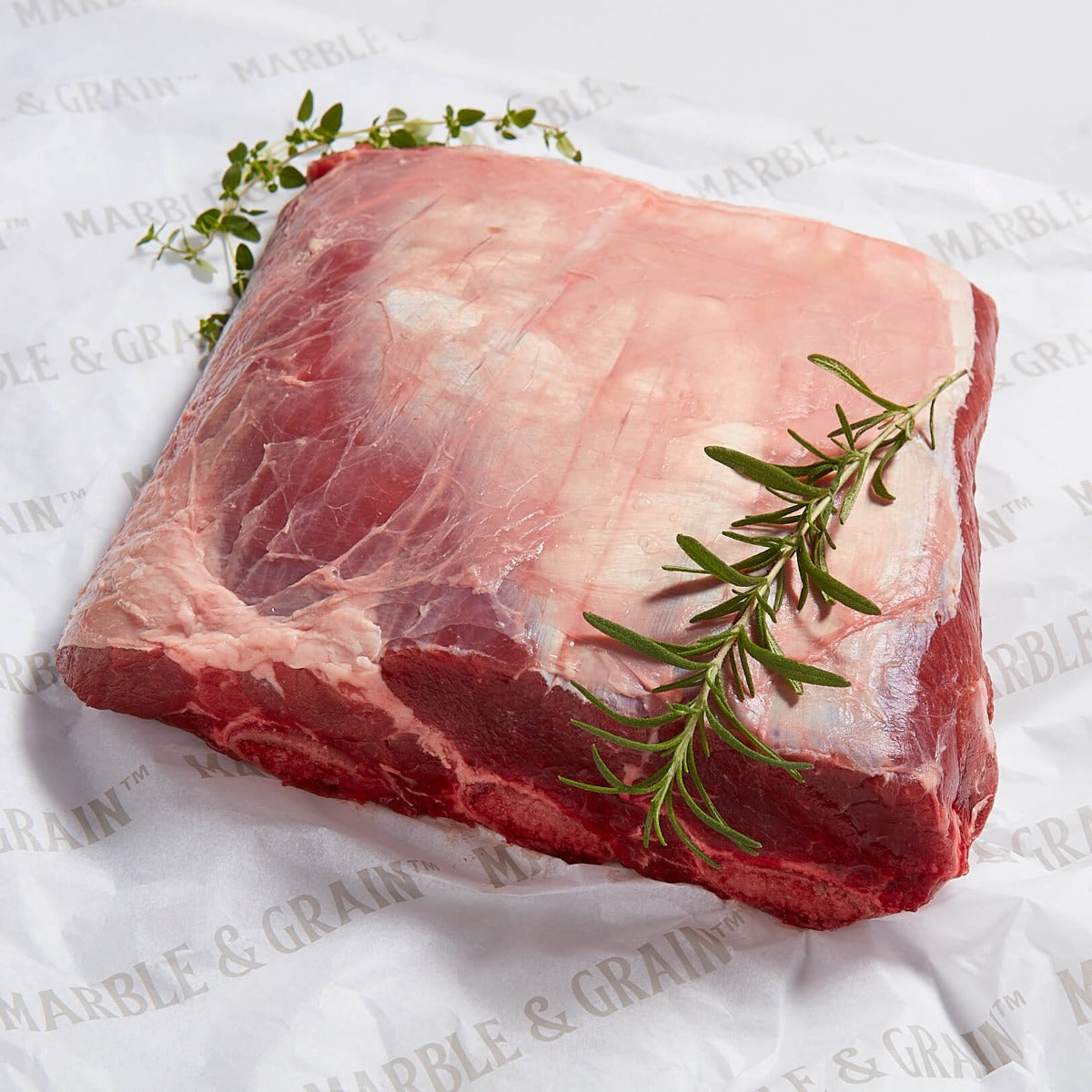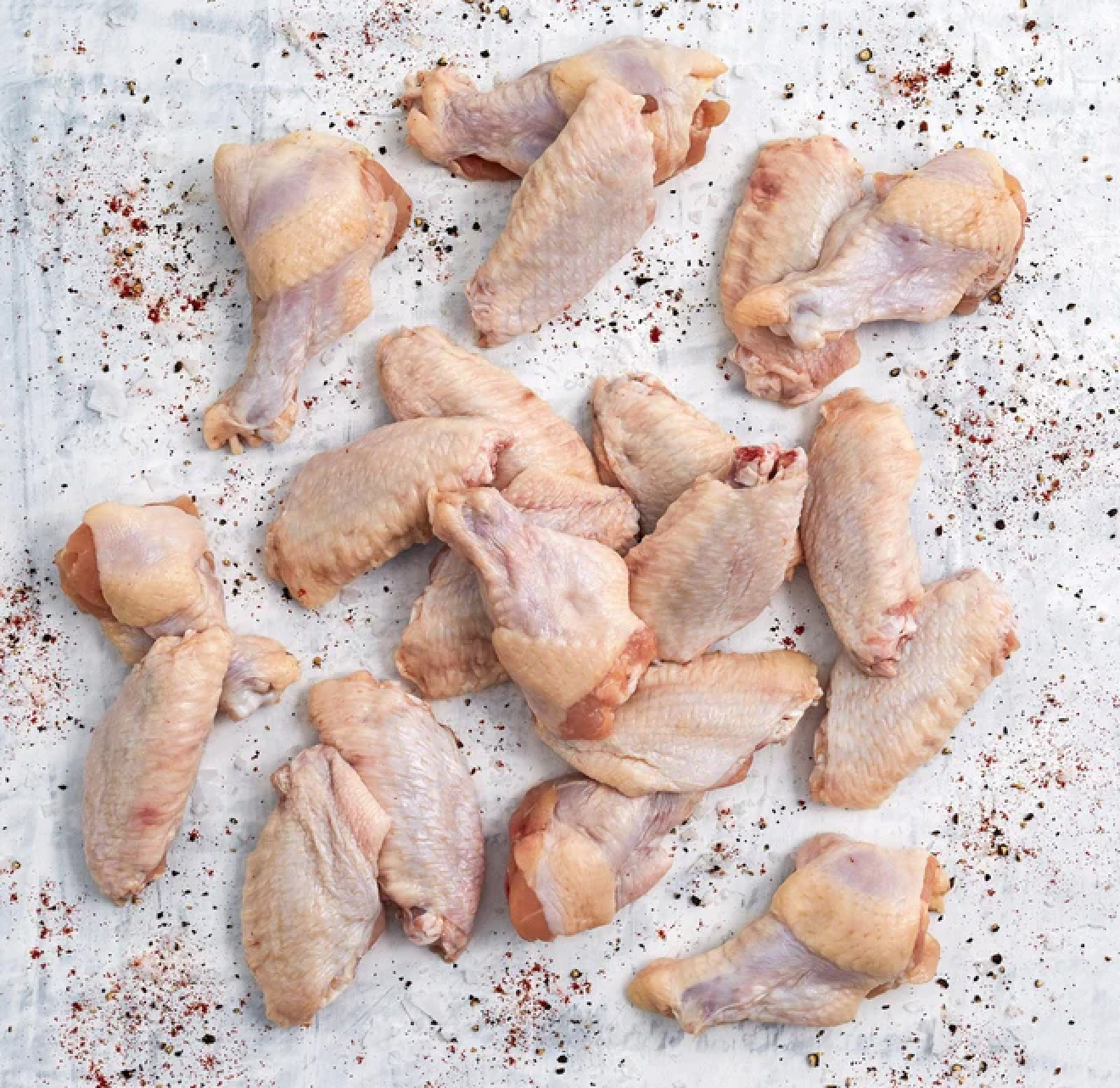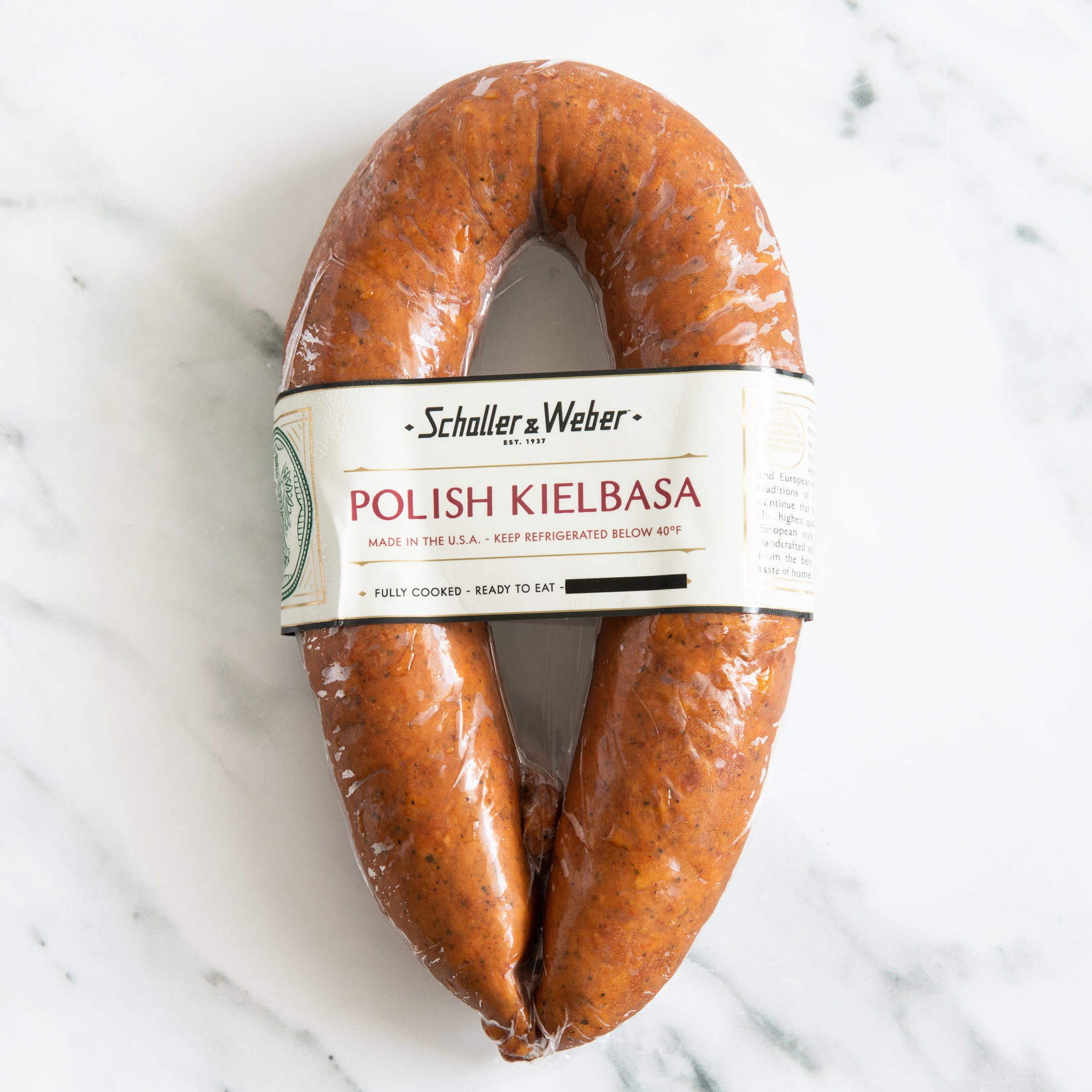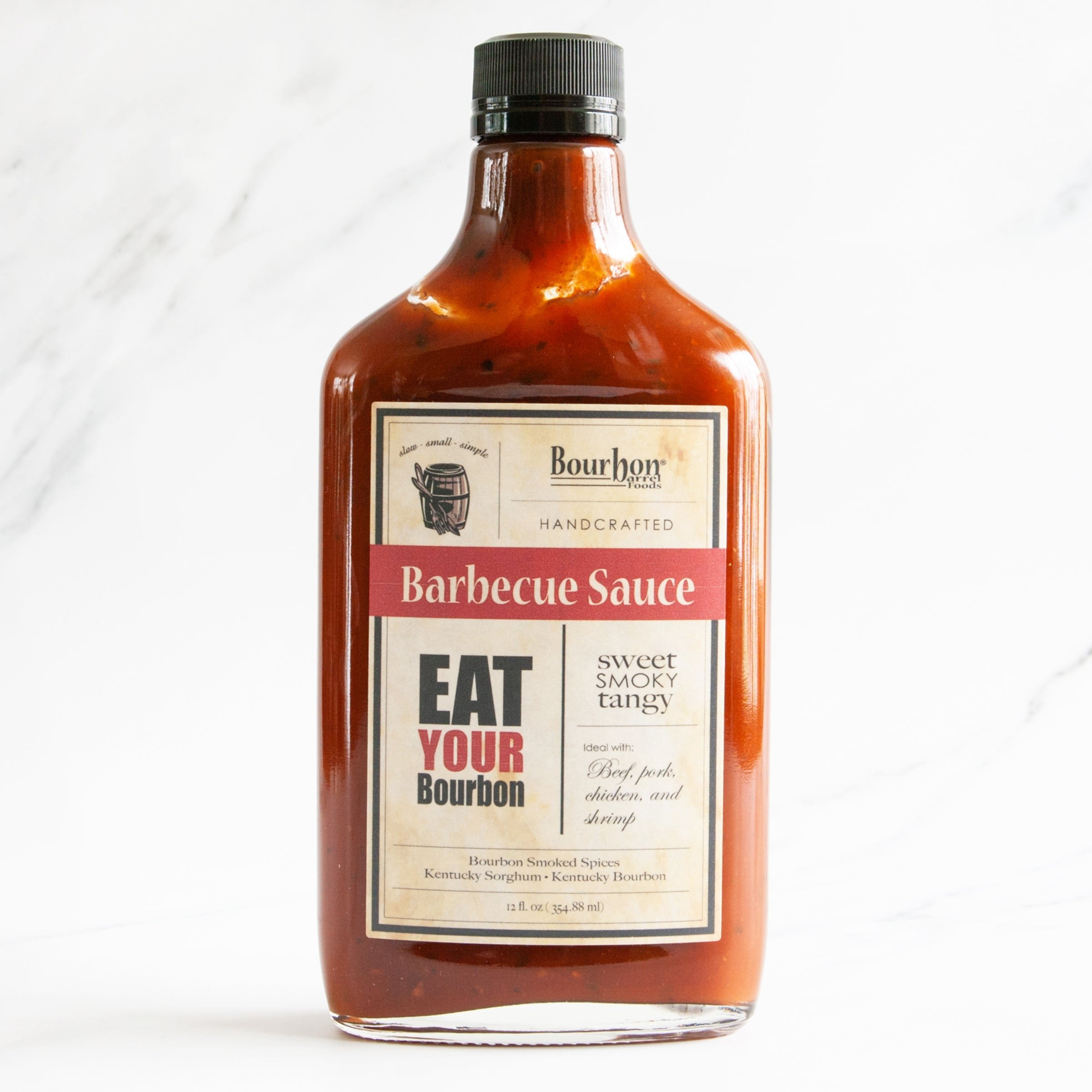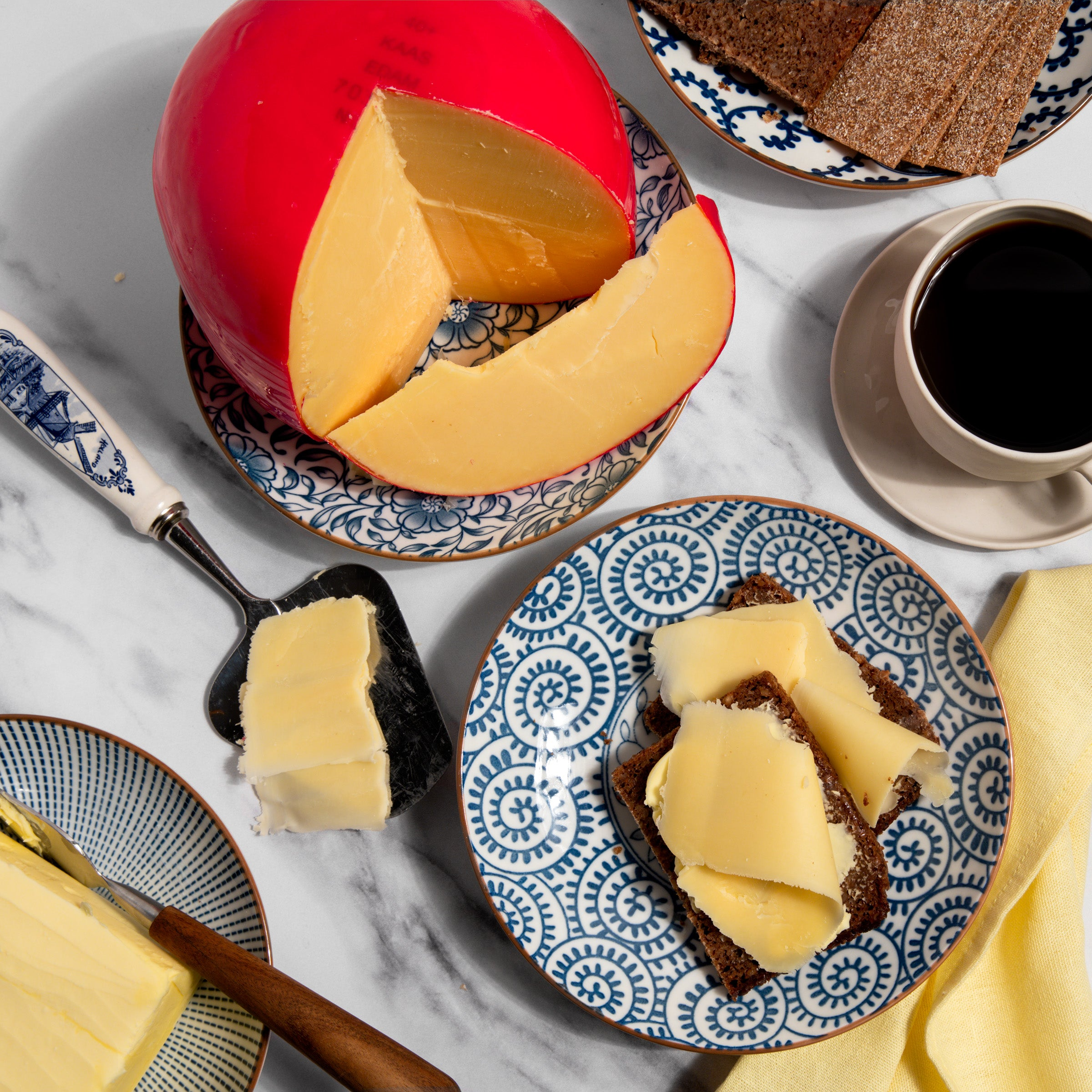Guide to Cheese Types
Hot Sauce - Gourmet Guide
June 12, 2019 | By Dave Mattingly
Hot Sauce is a spicy condiment made from hot pepper mash along with a blend of other ingredients. Chili pepper plants are believed to be one of the earliest cultivated plants, and humans have been savoring Hot Sauce just about as long as they have chili peppers. Many of the earliest Hot Sauces made in the US originated in the South. In 1868, McIlhenny's Tabasco® Brand Pepper Sauce was created in Louisiana and was likely the first mass produced Hot Sauce in the US. Many imitators sprang from this classic Tabasco sauce made from Tabasco peppers, particularly in the 1920s. A few still sold today include Frank's Redhot Cayenne Pepper Sauce and Crystal Hot Sauce. In the 1980s the first store dedicated to Hot Sauce opened in Boston, and by the early 1990s Hot Sauce replaced ketchup as the favorite condiment in the US!
Hot Sauce is available in many varieties, but it is one common chemical ingredient that gives them all their fiery hot flavor. This key compound is called capsaicin. Capsaicin causes a chemical reaction within the human body's sensory neurons, the power behind a Hot Sauce causing a hot burning sensation on your tongue. Capsaicins found in Hot Sauce not only stimulate the senses, but also offer numerous health benefits. Capsaicins have anti-inflammatory properties, offer gastric and arthritis relief, may prevent chronic sinus infections and nasal congestion, and may also relieve and prevent headaches. Capsaicins found in Hot Sauce are fat soluble which means that water will not help counteract the burn if you over indulge. Dairy products such as milk are recommended to counteract too much Hot Sauce on the tongue, since they contain casein which binds to capsaicin to effectively reduce the burn.
Many varieties of peppers are used to create Hot Sauce. In increasing order of hotness are: Jalapeño, Cayenne, Tabasco, Scotch Bonnet, Habanero and Bhut Jolokia, one of the hottest peppers in the world, also called the "Ghost Pepper". Capsaicin extract is also directly added to make some of the hottest Hot Sauces in the world. Heat is measured in a Hot Sauce by using the Scoville scale. The Scoville scale, named after its creator Wilbur Scoville, was created in 1912 to measure how many times something must be diluted before the heat from capsaicin will be no longer be felt. The hottest rank on the Scoville Scale is 16,000,000 which is pure capsaicin. Bell peppers rank from 0 to 100, Tabasco sauce is from 2,500 to 5,000, the Habanero pepper is approximately 300,000, while the Bhut Jolokia pepper, only recently cultivated for use in Hot Sauce preparation, is said to be near a scorching 1,000,000.
Hot Sauce is made throughout the world, and depending on the recipe and region of production, additional ingredients such as vinegar, oil, salt, alcohol, fruits and vegetables may be added. Typically, the more ingredients in a Hot Sauce, the milder the sauce, as additional ingredients tend to dilute the hottest ingredient - the hot pepper mash.
igourmet Hot Sauce varieties, made from Jalapeno, Habanero, Jolokia and other hot peppers, are all unique, handcrafted, and delicious. Most popular varieties include Portuguese Piri-Piri, Tortuga Sauces from Trinidad, Asian Hot Sauces by Roland, Jolokia Hot Sauce by CaJohn's and more. When searching for gourmet food online, look no further than igourmet.com. When searching for gourmet food online, look no further than igourmet.com.






